Ablative Lasers CO2
Ablative lasers generate beams of coherent light that are absorbed by the body’s tissue as energy.
The energy is delivered through a narrow range of wavelengths, and in the target area, the energy causes temperature elevation which results in tissue evaporation or ablation. Ablative lasers effectively treat a broad range of skin conditions by removing all or part of the skin. The body’s natural healing processes then replace the damaged skin with new and healthy tissue. Although several types of ablative lasers exist, differing mainly by wavelength, CO2 lasers have long been considered the industry’s ‘Gold Standard’ for ablation, delivering an exceptional ratio between ablation and coagulation (heating tissue without evaporating it).
Exceptional Ablation/Coagulation Ratio
How Does A CO2 Laser Work?
CO2 lasers produce light at a 10,600nm wavelength, which is absorbed by water in the tissue. The laser energy heats up the water until it reaches a boiling point causing the evaporation of the affected tissue.
Some heat is absorbed by tissue adjacent to the ablated target area, causing tissue coagulation which induces hemostasis (the cessation of bleeding) as well as thermal stimulation of deep skin layers, which induces fibroblast stimulation and neocollagenesis (the formation of new collagen).
The laser beam can also be transmitted through a scanner which is a device used to further control the delivery of energy. The scanner regulates the configuration of energy delivered onto the skin, which can range from covering the entire treatment area or just a fraction of it (leaving the areas in between untreated); (also referred to as fractional ablation). The overall effect of ablation and coagulation, either full or fractional, is the removal of skin and the stimulation of the body to replace it with newer, younger skin.
Full Range of Advanced Continuous Capabilities
Lumenis CO2 utilized three types of pulse technology:

UltraPulse®
UltraPulse® delivers high peak power in a short pulse duration for deep penetration with ideal ablation and coagulation ratio.
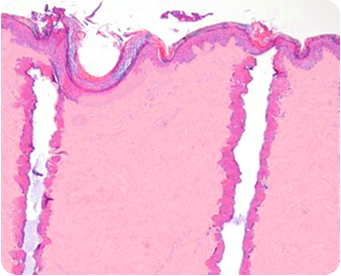
UltraPulse® SCAAR FX™ Mode
Spot Size: 120μm
Energy: 150mJ
Density: 3%
Not indicative of clinical results
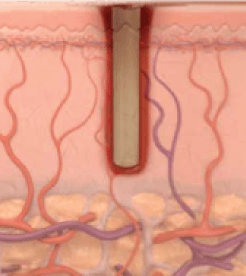
Up to 4mm in a single pulse
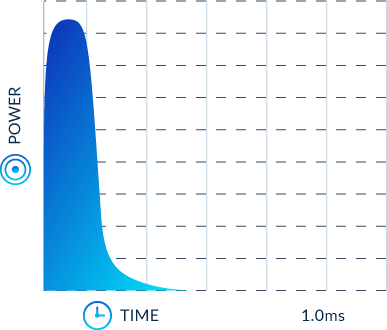
SuperPulse™
SuperPulse delivers high peak power in a short pulse duration for deep penetration with ideal ablation and coagulation ratio.
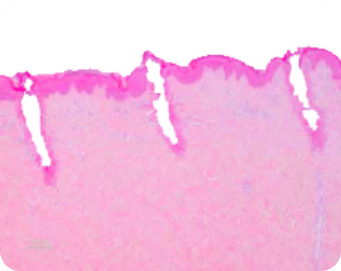
AcuPulse™ Deep™ Mode
Spot Size: 120µm
Energy: 20mJ
Density: 15%
Penetration Depth: 700µm
Not indicative of clinical results
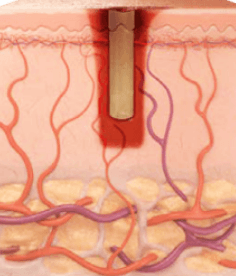
Up to 1mm in a single pulse
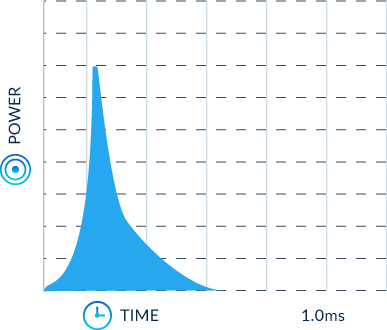
Continuous Wave (CW)
delivers low peak power for superficial impact and a wider coagulation zone used for full ablation and fractional treatments.

AcuPulse™ Superficial™ Mode
Spot Size: 1.3mm
Energy: 170mJ
Density: 60%
Penetration Depth: 150-200µm
Not indicative of clinical results
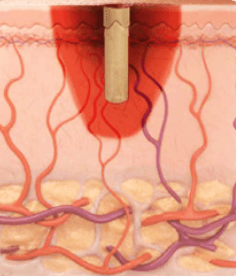
Up to 1mm in a single pulse
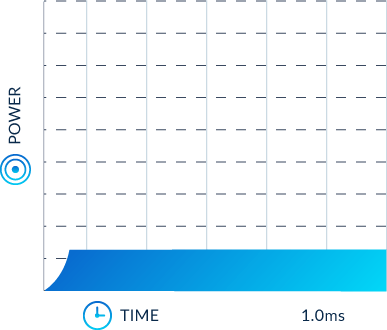
Scar Revision
The AcuPulse allows for advanced treatment of a variety of severely damaged skin lesions which require synergistic coagulation and ablation for advanced resurfacing.
Acne Scars
Lumenis CO2 ablative technologies dramatically decrease scars, even very deep ones, as well as repair damaged skin and improve skin tone.
Syringomas
Syringomas are benign tumors, typically found clustered on eyelids, although they may also be found in other body parts. These can be treated by CO2 laser in a safe, and nonscarring method.
Blepharoplasty
Lumenis offers a complete laser blepharoplasty solution that combines an incisional solution with complementary eyelid resurfacing. With laser assisted incisions, bleeding during the procedure as well as post-surgery bruising are reduced.
Fractional ablative resurfacing
Ablative skin resurfacing procedures use lasers to reduce the signs of aging, improve skin texture, laxity and tone, and reduce scars and stretch marks. Ablative resurfacing is ideal for patients seeking a dramatic improvement in a single session.
Rhynopyhma
Rhinophyma is a disorder causing development of a large, bulbous nose associated with granulomatous infiltration, commonly due to untreated rosacea. This can be treated with CO2 laser as a surgical tool.
Deep Wrinkles
The Lumenis™ CO2 ablative technologies enable a high rate of improvement for skin damage and skin tone with minimal downtime. This is due to their unique pulse technologies and tailored treatment modes.
Woman`s health
The women’s health on AcuPulse™ offers a range of minimally invasive solutions for women coping with gynecologic conditions that affect their well-being, confidence and intimacy.
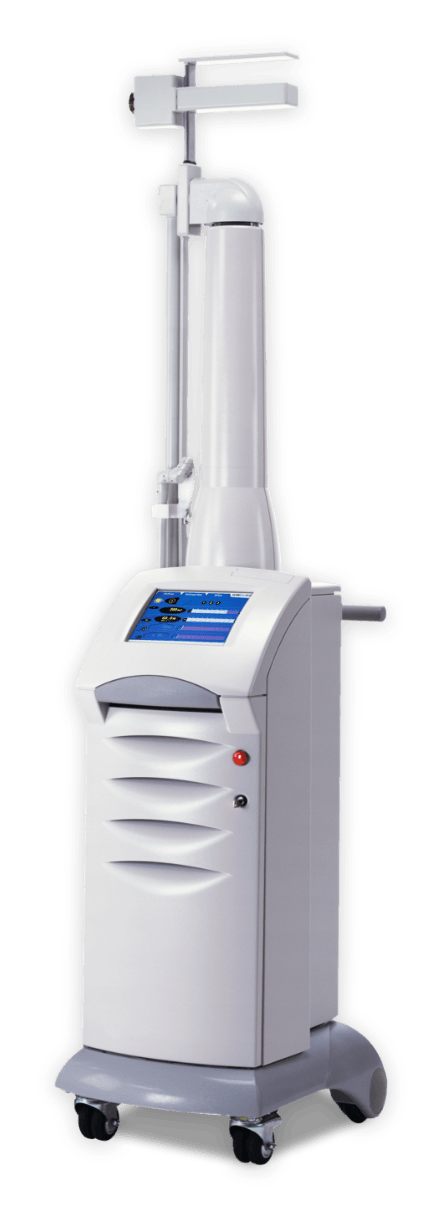
CO2 in Numbers
~2
Weeks
Recovery
30+
Medical Indications
can be treated by Lumenis ablative CO2
Hear from our Doctors
There are very few happy scars in life… every time any scar patient wakes up and showers and sees their scar they’re usually reminded of something very bad. The UltraPulse is a really nice device – it’s easy to use, it’s user-friendly, it’s a very versatile Laser. Another advantage of the UltraPulse, each scar requires a certain recipe for success – patients after treatment often tell me what a difference the laser treatment made to their lives and noticed a difference almost immediately.
Dr. Jill S. Waibel, Dr. Rox Anderson, Dr. E. Victor Ross, Dr. Nathan S. Uebelhoer, Dr. Tina Alster, Dr. Matthias B. Donelan, and Dr. Peter R. Shumaker, restoring hope to their patients with the UltraPulse.
The Lumenis UltraPulse fractional blade of CO2 is an extremely versatile device that I use primarily for laser resurfacing and the treatment of flat scars atrophic scars or hypertrophic Scars. The device has been designed to provide very high peak power, the highest energy fractional device on the market – with excellent depth of penetration and remarkable ablation to coagulation ratio, which makes the treatment essentially far safer than other fractional technologies in terms of scar treatments.
Dr. Daniel Friedman and two satisfied patients talk about the advantages of using UltraPulse for wrinkle reduction and facial resurfacing
The AcuPulse is a different kind of device it incorporates both superficial and deep into one device, but even more different than the other devices out on the market – it does that with one hand piece so it’s a lot more user-friendly per se than some of the other devices that may be out there claiming to do a superficial or do fractional treatment… So for me this is a wonderful device to be able to treat anything that I want on the superficial side, anything I want on the deep side, anything I want combination wise without having to stop.
Learn what Dr. Michael Gold thinks about his AcuPulse system and how he uses it.
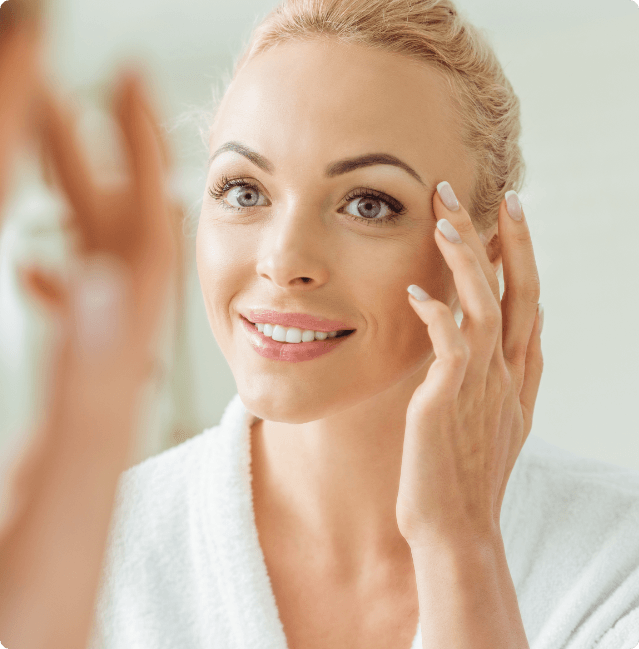
Clinical Evidence
(2014) Laser treatment of traumatic scars with an emphasis on ablative fractional laser resurfacing: consensus report
Objective: To provide a synthesis of our current clinical experience and available literature regarding the laser treatment of traumatic scars with an emphasis on fractional resurfacing.
Conclusions: Laser scar therapy, particularly fractional ablative laser resurfacing, represents a promising and vastly underused tool in the multidisciplinary treatment of traumatic scars. Changes to existing scar treatment paradigms should include extensive integration of fractional resurfacing and other combination therapies guided by future research.
(1999) Xanthelasma Palpebrarum: Treatment With the Ultrapulsed CO2 Laser
Background and objective: Due to its delicate location near the eye and the high recurrence rate, the therapy of xanthelasma palpebrarum is a difficult surgical task. Besides chemical, physical, and surgical procedures, various laser systems have been used to treat these lesions (argon laser, pulsed dye laser, and CO2 laser). This study was designed to critically evaluate the use of the ultrapulsed CO2 laser for the treatment of xanthelasma palpebrarum.
Conclusions: The ultrapulsed CO2 laser is an effective and safe therapeutic alternative to the hitherto described approaches.
Prospective randomized controlled study to determine the effect of topical application of botulinum toxin A for crow’s feet after treatment with ablative fractional CO2 laser
Objective: To determine the effect of BoNT A solution applied topically on the skin surface immediately after ablative fractional CO2 laser treatment.
Conclusion: Topically, noninjectable form of BoNT A applied on the surface of the skin after ablative fractional CO2 laser is effective in the treatment of lateral periorbital wrinkles.
Pediatric for Outcomes Treatment Laser CO2 Fractional Scars Burn Hypertrophic
Care burn pediatric in adopted widely been not has therapy (AFL-CO2) laser fractional ablative dioxide Carbon.
Protocols treatment laser on guidelines established no and literature outcomes limited given hypertrophic pediatric for therapy AFL-CO2 of role clinical the elucidate further to experience our present scars burn.
Related Products
Using the Same Technology

UltraPulse
The most powerful CO2 laser in aesthetic medicine
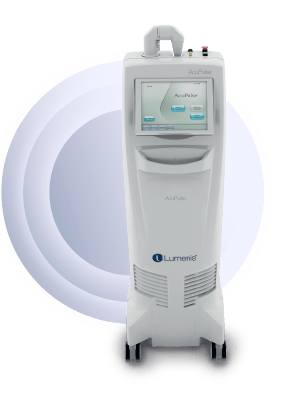
AcuPulse
Multimode CO2 Laser
PB-1004645 Rev B | PB-1124760 Rev F